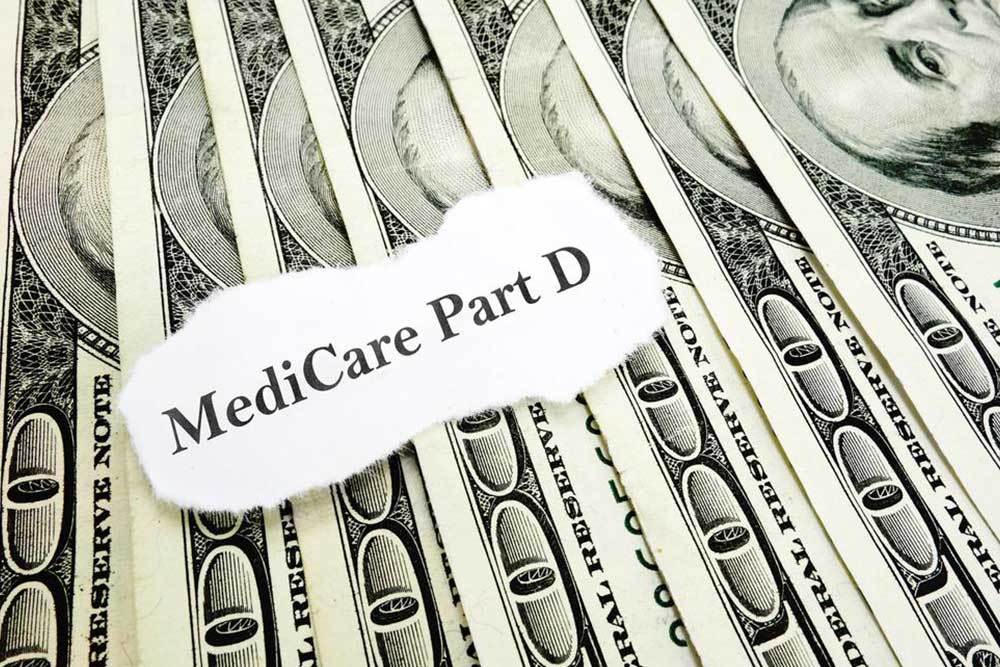Comprehensive Guide to Medicare Part D: Coverage, Costs, and Enrollment Strategies
This comprehensive guide explores Medicare Part D, covering medication coverage, costs, enrollment procedures, and tips for selecting the optimal plan. Learn how to navigate the complexities of prescription drug plans, avoid penalties, and maximize savings with practical advice tailored for seniors and beneficiaries seeking affordable healthcare options.

For seniors and individuals with specific health needs, understanding Medicare Part D is essential to optimize prescription drug coverage and manage healthcare expenses effectively. Medicare Part D is a crucial component of the U.S. healthcare system, providing coverage for outpatient prescription medications through private insurers. This guide offers an in-depth look at what Medicare Part D entails, including coverage details, cost structures, enrollment procedures, and tips for selecting the most suitable plan. Whether you're new to Medicare or looking to refine your current coverage, this comprehensive overview will assist you in making well-informed decisions to enhance your healthcare experience.
What Medications Are Covered Under Medicare Part D?
Medicare Part D encompasses a broad spectrum of prescription drugs, covering medications for chronic conditions, acute treatments, and specialized therapies such as HIV/AIDS and cancer medications. The drugs are organized into a formulary—a predefined list that categorizes medications into various tiers based on cost and coverage level. This tier system helps determine the copayments and coinsurance amounts you will pay for each drug.
The formulary typically includes at least two commonly prescribed medications per drug class, ensuring that most beneficiaries have access to essential treatments. Drugs are segmented into tiers: the lowest tier generally includes generic, low-cost drugs, while higher tiers involve brand-name, specialty, or high-cost medications. If your preferred medication isn’t listed or covered, you have the option to request an exception, which involves filing a formal appeal through your healthcare provider and the insurance plan. This process can sometimes result in coverage approval if justified medically.
Understanding Costs: Deductibles, Copayments, and Coinsurance
An important aspect of Medicare Part D is understanding the costs involved. Most plans require an annual deductible—an amount you pay out-of-pocket before your prescription coverage begins. Deductibles vary by plan but typically range from $300 to $400, though some plans may waive this entirely to attract enrollees or offer affordable options.
After meeting the deductible, beneficiaries pay copayments or coinsurance for each prescription. Copayments are fixed amounts, such as $10 or $20 per prescription, depending on the drug tier. Some plans use coinsurance, which is a percentage of the medication’s retail price. Additionally, the costs can vary depending on the pharmacy you choose, the specific medication, and whether you are in a coverage gap phase (commonly known as the ‘donut hole’), during which out-of-pocket expenses may increase temporarily.
How to Choose the Right Medicare Part D Plan
There are numerous Medicare Part D plans available through private insurers, each offering different coverage, premium costs, and additional benefits. When selecting a plan, it’s vital to compare key factors such as:
Coverage of your specific medications
Premium costs and deductibles
Copayment and coinsurance rates
Formulary flexibility and drug tier structure
Additional benefits such as medication management services or mail-order options
Plan ratings and reviews from other enrollees
If you are enrolled in a Medicare Advantage plan, prescription drug coverage (Part D) is generally included, but you need to verify the costs and formulary to ensure it meets your needs. Carefully reviewing all costs and benefits will allow you to select the most affordable and comprehensive plan aligned with your health requirements.
Enrollment Procedures and Timing
You can enroll in Medicare Part D during specific enrollment periods:
The initial enrollment period begins three months before your 65th birthday, includes your birth month, and extends three months after your birthday month.
If you qualify due to disability, enrollment windows are similar, typically starting during the 3-month period surrounding your eligibility date.
Annual Open Enrollment runs from October 15 to December 7, allowing you to make changes to your existing coverage.
During these periods, you can choose a new plan or switch plans to better suit your medication needs. Coverage officially begins on January 1 of the following year, following your enrollment.
Late Enrollment Penalties and Their Implications
Missing your enrollment window can lead to late enrollment penalties, which increase your monthly premium over time. The penalty amount is calculated based on how long you’ve gone without creditable prescription drug coverage, often increasing by approximately 1% of your base premium for each month you are unenrolled. These penalties are added to your monthly premium for as long as you have Medicare drug coverage, making timely enrollment essential to avoid additional costs.
Maximizing Savings Through Medicare Part D
Your potential savings depend on numerous factors, including your geographic location, the specific plan you choose, your prescribed medications, and how often you fill prescriptions. Expensive drugs can cost hundreds of dollars per month without coverage, but Medicare Part D plans help significantly reduce these costs.
Premium costs vary widely, with some plans offering $0 monthly premiums while others charge up to $100 or more. It’s essential to compare these premiums alongside copayments and deductibles across different plans to identify the most cost-effective options. Additionally, some plans offer enhanced benefits such as mail-order pharmacy services or medication synchronization, which can further reduce your expenses and improve convenience.
By carefully analyzing available plans, considering your medication needs, and understanding the associated costs, you can maximize your benefits and minimize your out-of-pocket spending. This proactive approach ensures you receive the necessary medications without financial hardship, ultimately contributing to better health and peace of mind.





